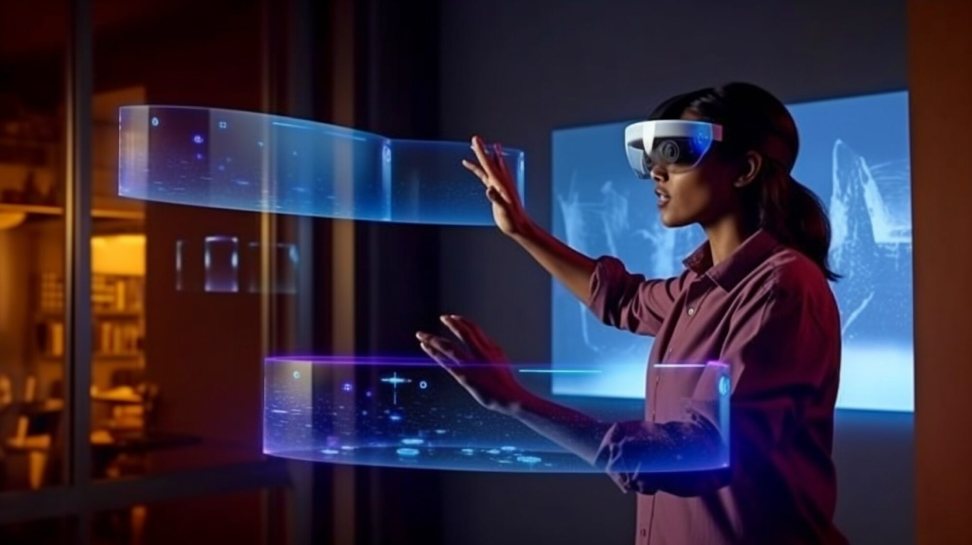Max66, Arsgroup777, ARS Group Exchange: Augmented Reality (AR) in education offers a unique and interactive learning experience for students, allowing them to visualize complex concepts in a more engaging way. By incorporating AR technology into the curriculum, educators can create immersive learning environments that cater to different learning styles and abilities. This not only enhances comprehension but also promotes long-term retention of information as students are actively involved in the learning process.
Furthermore, the use of AR in education fosters creativity and critical thinking skills among students. By enabling them to explore virtual simulations and manipulate digital objects, AR encourages problem-solving and innovation. This hands-on approach to learning empowers students to take charge of their education, sparking curiosity and motivation to delve deeper into subjects they may have found challenging in traditional settings.
� AR allows students to visualize complex concepts in a more engaging way
� Immersive learning environments cater to different learning styles and abilities
� Enhances comprehension and promotes long-term retention of information
� Fosters creativity and critical thinking skills among students
� Encourages problem-solving and innovation through virtual simulations
� Hands-on approach empowers students to take charge of their education
Examples of Successful Implementation of Augmented Reality in Learning
Augmented reality is revolutionizing the way students engage with learning materials. One successful implementation of this technology is seen in medical education. Medical students can now use AR apps to interact with 3D models of the human body, allowing for a more immersive and hands-on learning experience. This not only enhances their understanding of complex anatomical structures but also improves retention of knowledge as they can visualize and manipulate different body systems in real-time.
Another notable example of successful AR implementation is in the field of history education. By using AR simulations, history teachers can transport students to different time periods and locations, making the past come alive right in front of their eyes. Students can walk through historical sites, interact with virtual historical figures, and gain a deeper understanding of the events that shaped our world. This interactive approach not only increases student engagement but also fosters a love for learning and a curiosity to explore the past in a whole new way.
How Augmented Reality Can Improve Student Engagement
Ars247, Wazeerexch, Peachexch: Augmented reality (AR) has demonstrated the potential to significantly enhance student engagement within educational settings. By incorporating AR technology into the learning process, students are provided with a more interactive and immersive experience. This dynamic approach captivates students’ attention and encourages active participation in their learning journey.
Furthermore, AR applications offer a multisensory experience that caters to various learning preferences. Students who are visual or kinesthetic learners benefit from the visual and hands-on aspects of AR technology. This personalized learning experience fosters a deeper understanding of the subject matter and promotes a more engaging learning environment for students of diverse learning styles.
What are some benefits of incorporating augmented reality in education?
Some benefits of using augmented reality in education include increased student engagement, improved learning outcomes, enhanced understanding of complex subjects, and a more interactive and immersive learning experience.
Can you provide examples of successful implementation of augmented reality in learning?
Sure! Some examples of successful implementation of augmented reality in learning include virtual field trips, interactive anatomy lessons, historical reenactments, and virtual science experiments.
How can augmented reality improve student engagement?
Augmented reality can improve student engagement by making learning more interactive and fun, offering a hands-on experience that can help students better understand and retain information, and providing a more personalized and immersive learning environment.
Additional:
- What Does NFS Mean On Instagram?
- How To Hide Followers On Instagram?
- How To Use SmiHub Instagram Viewer?
- Prepare Your Site For An SEO Campaign That Will Win

